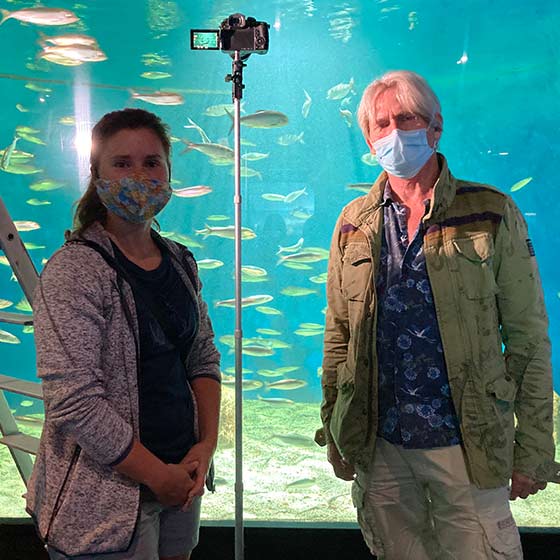Research partnership
Biomimetism* against microplastic pollution in the oceans The Aquarium La Rochelle welcomed Leandra Hamann, a doctoral student from the University of Bonn, to film sardines and shad. She chose these animals because they have the particularity of filtering their food (particles in suspension in the water and zooplankton). Studying their feeding behaviour could provide solutions to the problem of microplastic discharges into the oceans, including textile fibres from the machine washing of synthetic clothing.
*Technical imitation of processes set in motion by nature. (c)Leandra Hamann

